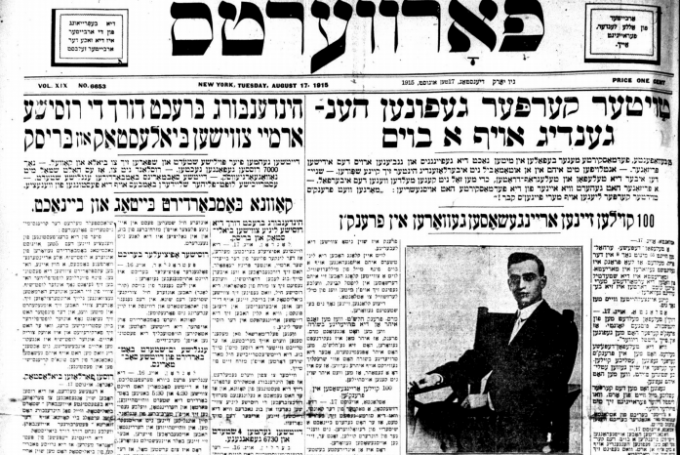 Accuracy wasn’t much better then than now; these are translations from the Yiddish “Forverts” coverage of 1915.
Accuracy wasn’t much better then than now; these are translations from the Yiddish “Forverts” coverage of 1915.
ATLANTA, August 17, 1915 — A telephone dispatch was received today at 55 minutes past 8 in the morning reporting that Leo Frank was lynched in Marietta (Marietta is the town where the murdered Mary Phagan was from and was buried there.)
No details are known yet.

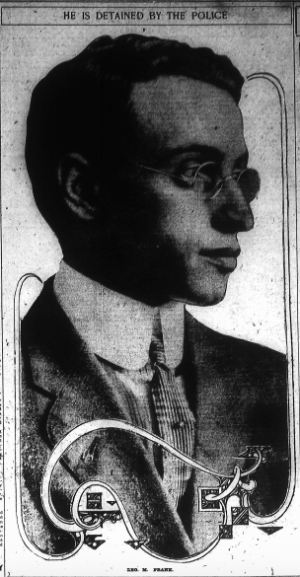
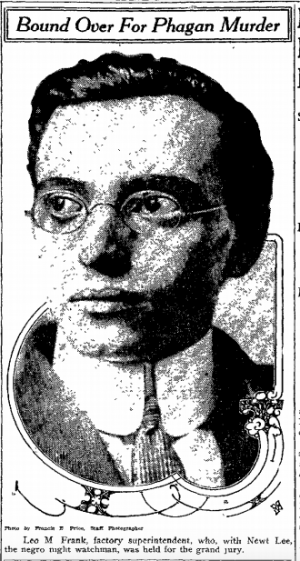
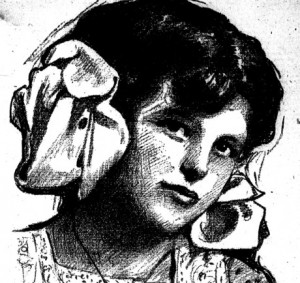
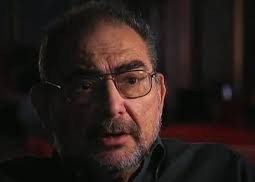
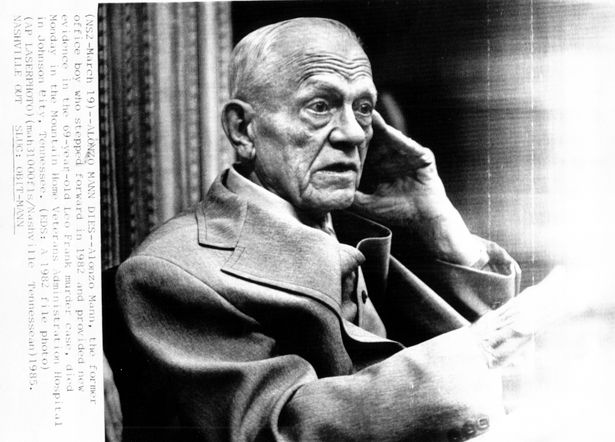
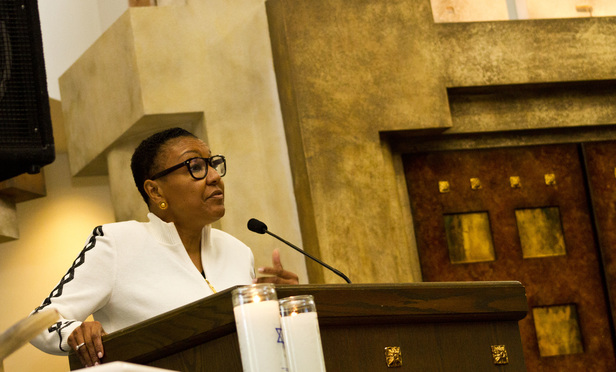
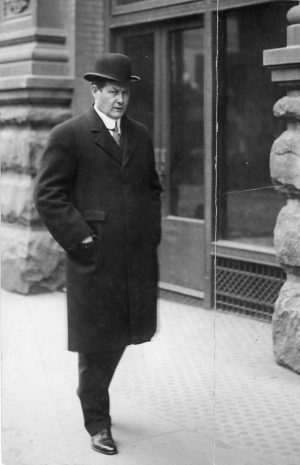
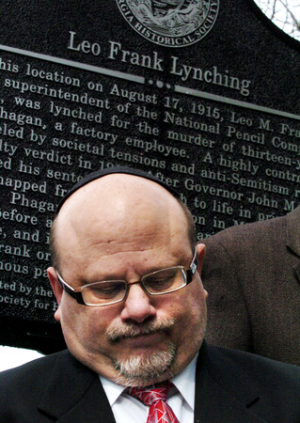
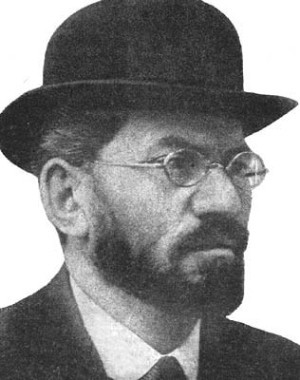
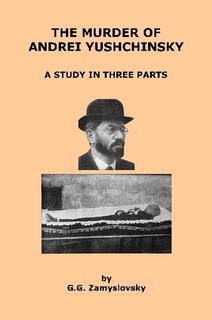
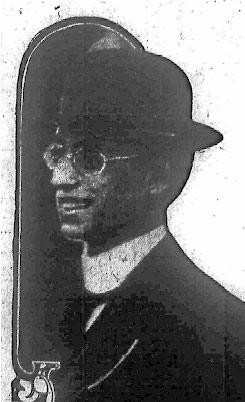
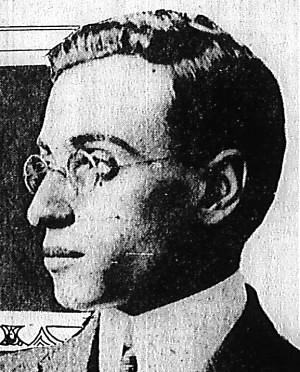
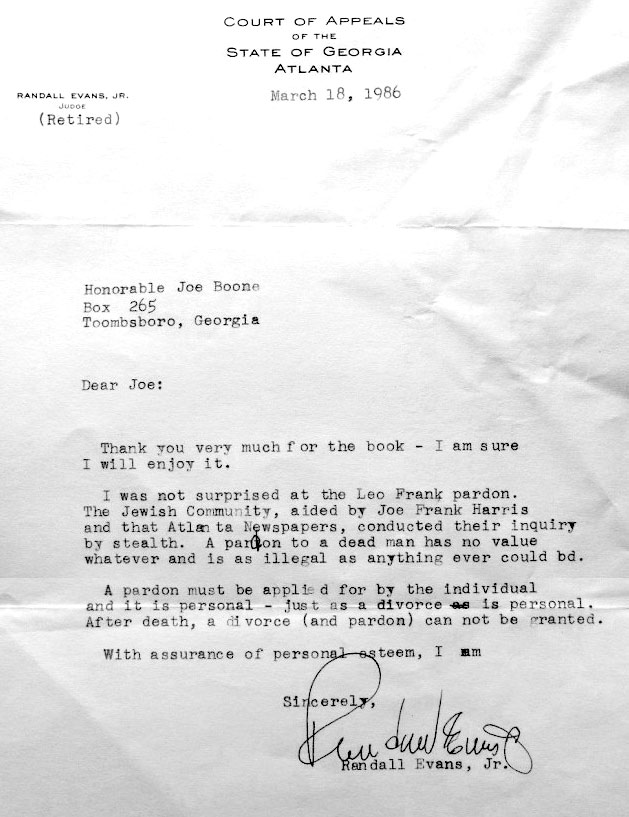

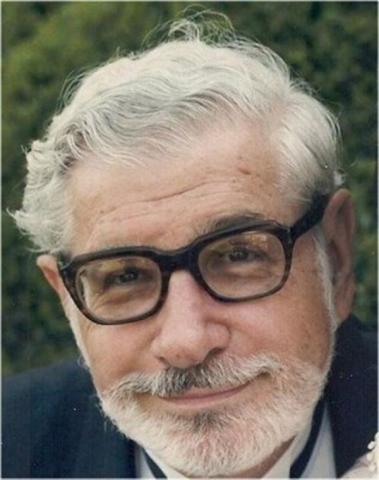 Said Bill Nigut, the ADL’s southeast regional director:
Said Bill Nigut, the ADL’s southeast regional director: 


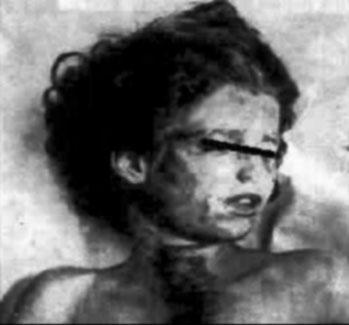





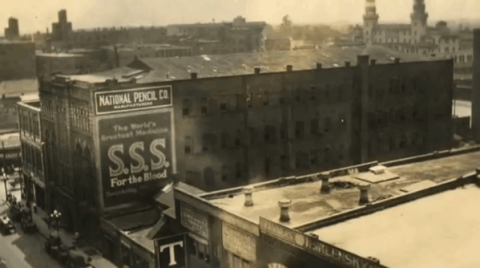
 Rabbi Lebow is very active in the cause of Leo Frank, and says of the pardon, “That’s not enough.” He wants Frank to be declared innocent and will ask the Georgia General Assembly, Cobb County and the city of Marietta to exonerate Frank.
Rabbi Lebow is very active in the cause of Leo Frank, and says of the pardon, “That’s not enough.” He wants Frank to be declared innocent and will ask the Georgia General Assembly, Cobb County and the city of Marietta to exonerate Frank. 

